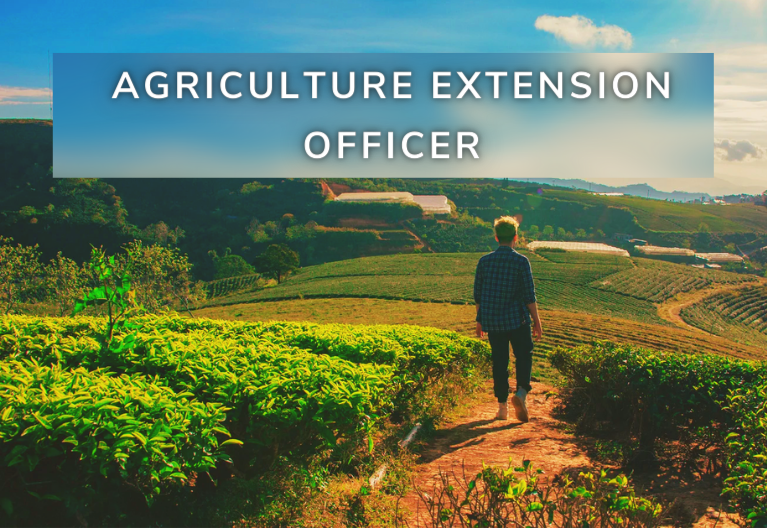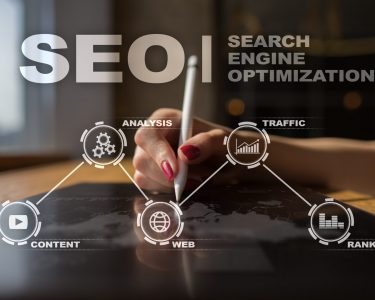The agricultural sector in the United States is on the brink of a technological revolution, with an Agriculture Extension Officer (AEO) embracing Artificial Intelligence (AI) to advance sustainable farming practices. As climate change, population growth, and resource constraints continue to challenge traditional farming methods, the integration of AI technologies offers innovative solutions to improve productivity, efficiency, and sustainability in agriculture. In this guest post, we will explore how Agriculture Extension Officers are leveraging AI to revolutionize farming practices and promote sustainable agriculture in the US.
The Role of An Agriculture Extension Officer
The most important role of an Agriculture Extension Officer is to bridge the gap between research institutions, agricultural experts, farmers, and rural communities. They provide valuable information, resources, training, and support to help farmers adopt best practices, improve crop yields, reduce environmental impact, and enhance profitability. By facilitating knowledge transfer, fostering innovation, and promoting collaboration, AEOs empower farmers to make informed decisions, implement sustainable farming practices, and navigate the complexities of modern agriculture.
Integrating AI into Agriculture Extension Services
The integration of Artificial Intelligence (AI) into agriculture extension services is transforming the way AEOs deliver information, support, and guidance to farmers. AI technologies such as machine learning, predictive analytics, and remote sensing offer powerful tools to analyze vast amounts of data, identify patterns, predict trends, and generate actionable insights to optimize farming operations, improve resource management, and enhance agricultural productivity and sustainability.
Data-Driven Decision Making
AI enables AEOs to collect, analyze, and interpret data from various sources such as weather stations, soil sensors, satellite imagery, and drones to monitor crop health, soil conditions, weather patterns, pest infestations, and disease outbreaks. By leveraging AI-powered analytics and predictive modeling, AEOs can identify potential risks, make data-driven decisions, develop customized farming strategies, and provide targeted recommendations to farmers to optimize inputs, minimize losses, and maximize yields.
Personalized Agricultural Advisory Services
AI-powered chatbots, virtual assistants, and mobile applications enable AEOs to deliver personalized agricultural advisory services to farmers anytime, anywhere. These digital platforms leverage Natural Language Processing (NLP) and AI algorithms to understand farmers’ queries, provide accurate information, answer questions, offer solutions to specific problems, and guide farmers through the implementation of sustainable farming practices, crop planning, soil management, irrigation scheduling, pest control, and post-harvest handling.
Remote Sensing and Precision Agriculture
AI-driven remote sensing technologies and precision agriculture tools enable AEOs to monitor and analyze agricultural landscapes at scale, identify areas of concern, and assess the effectiveness of farming interventions. By integrating AI with Geographic Information Systems (GIS), satellite imagery, and drone technology, AEOs can create detailed farm maps, monitor crop growth and development, evaluate soil fertility and moisture levels, detect crop stress, nutrient deficiencies, and diseases, and optimize resource allocation, input usage, and farming practices to improve crop yields, quality, and profitability while minimizing environmental impact.
Promoting Sustainable Farming Practices
An Agriculture Extension Officer is actively promoting sustainable farming practices by leveraging AI to enhance soil health, conserve water, protect biodiversity, reduce carbon footprint, and promote climate-smart agriculture. By providing farmers with access to AI-powered tools, technologies, and resources, AEOs empower them to adopt regenerative agricultural practices, implement agroecological principles, and transition to more sustainable and resilient farming systems that are economically viable, environmentally friendly, and socially responsible.
Soil Health Management
AI-driven soil sensors, IoT devices, and analytics platforms enable AEOs to assess soil health, monitor soil fertility, structure, moisture, and nutrient levels, identify soil degradation, erosion, and compaction issues, and develop customized soil management plans, cover cropping strategies, and organic fertilization practices for soil health management, enhance nutrient cycling, boost crop productivity, and promote long-term sustainability.
Water Conservation and Irrigation Management
AI-powered water management systems, smart irrigation controllers, and moisture sensors enable AEOs to optimize water usage, monitor soil moisture levels, track water consumption, identify irrigation inefficiencies, and implement precision irrigation scheduling, drip irrigation, and micro-irrigation techniques to conserve water, reduce water waste, minimize runoff, and enhance water-use efficiency, crop yield, and quality.
Climate Resilience and Adaptation
AI-powered climate models, weather forecasting tools, and predictive analytics enable AEOs to assess climate risks, predict extreme weather events, monitor climate variability and change, develop climate adaptation strategies, and provide farmers with timely and accurate information, resources, and support to adapt to changing climate conditions, mitigate risks, build resilience, and maintain agricultural productivity, profitability, and sustainability.
Collaboration, Capacity Building, and Community Engagement
An Agriculture Extension Officer is collaborating with AI experts, researchers, academia, government agencies, non-profit organizations, and technology providers to build capacity, share knowledge, foster innovation, and develop AI-powered solutions, tools, and technologies tailored to the needs and challenges of farmers and rural communities. By promoting interdisciplinary collaboration, community engagement, and stakeholder participation, AEOs are fostering a culture of innovation, entrepreneurship, and continuous learning to accelerate the adoption of AI in agriculture, drive sustainable development, and transform the agricultural sector in the US.
Conclusion
The integration of Artificial Intelligence (AI) into agriculture extension services is revolutionizing farming practices, empowering an Agriculture Extension Officer, and promoting sustainable agriculture in the United States. By leveraging AI-powered technologies, tools, and resources, AEOs are enhancing data-driven decision-making, delivering personalized agricultural advisory services, implementing remote sensing and precision agriculture, promoting sustainable farming practices, and fostering collaboration, capacity building, and community engagement to optimize agricultural productivity, efficiency, and sustainability, mitigate climate risks, protect natural resources, and ensure food security, resilience, and prosperity for present and future generations. Embrace the future of agriculture with AI and advance sustainable farming practices to build a resilient, inclusive, and sustainable agricultural sector that nourishes people, the planet, and prosperity.






